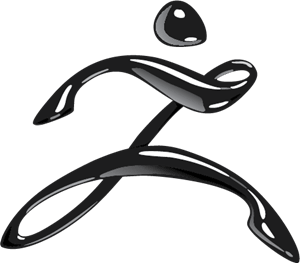In the realm of 3D modeling and animation, ZBrush and Maya stand out as two industry-leading software applications. Both tools offer powerful capabilities for creating stunning and realistic 3D models, but they differ significantly in their core functionalities, target applications, and overall workflow. Understanding the distinctions between ZBrush and Maya is essential for aspiring 3D artists and professionals to choose the most suitable tool for their specific needs and projects.
ZBrush: The Master of Digital Sculpting

ZBrush is renowned for its exceptional sculpting capabilities, making it the preferred tool for creating organic and highly detailed models, particularly in the realm of character design, creature modeling, and concept art. Its intuitive brush system and advanced sculpting tools enable artists to manipulate digital clay with unparalleled precision, sculpting intricate details and textures that bring life to their creations.
Key Features of ZBrush:
- Powerful sculpting tools: ZBrush offers a comprehensive suite of sculpting tools, including additive and subtractive sculpting, smoothing, texturing, and retopology.
- Dynamic mesh: ZBrush’s dynamic mesh system allows for real-time sculpting without the limitations of traditional polygon modeling.
- Advanced texture creation: ZBrush provides advanced tools for creating detailed textures and surface imperfections, enhancing the realism of 3D models.
Maya: The Versatile 3D Modeling and Animation Hub

Maya is a versatile 3D modeling and animation software suite widely used in the film, television, and video game industries. It offers a comprehensive range of tools for creating 3D models, rigging characters, animating scenes, and rendering high-quality visuals.
Key Features of Maya:
- Comprehensive modeling tools: Maya provides a variety of modeling tools, including polygonal modeling, NURBS modeling, and sculpting tools.
- Rigging and animation capabilities: Maya excels in rigging characters for animation, enabling precise control over their movements and expressions.
- Advanced rendering capabilities: Maya offers powerful rendering tools, including Arnold Render, to create photorealistic visuals.
ZBrush vs Maya: A Comparative Overview
| Feature | ZBrush | Maya |
|---|---|---|
| Core strength | Digital sculpting | 3D modeling and animation |
| Target applications | Character design, creature modeling, concept art | Film, television, video games |
| Modeling approach | Sculpting-based | Polygon-based, NURBS-based |
| Sculpting capabilities | Exceptional | Limited |
| Rigging and animation | Limited | Robust |
| Rendering | Basic | Advanced |
| User interface | Intuitive, brush-based | Complex, menu-driven |
| Learning curve | Steeper | Shallower |
Choosing the Right Tool: ZBrush vs. Maya
The choice between ZBrush and Maya depends on the specific needs and goals of the 3D artist or project.
For sculpting-intensive projects, such as character design or creature modeling, ZBrush is the clear choice due to its exceptional sculpting tools and dynamic mesh technology.
For projects that require a comprehensive range of modeling, rigging, animation, and rendering capabilities, Maya is the better option due to its versatility and powerful rendering tools.
Conclusion
ZBrush and Maya are both powerful and versatile 3D modeling software applications, each with its unique strengths and target applications. Understanding the key differences between these two tools empowers 3D artists to make an informed decision based on their specific needs and projects. Whether you choose the sculpting mastery of ZBrush or the comprehensive capabilities of Maya, you can embark on a creative journey to bring your 3D visions to life.